Design from 1514
"One of those bells that now
and then rings" — Song lyric

* And Royal Holloway University.
Design from 1514
"One of those bells that now
and then rings" — Song lyric

* And Royal Holloway University.
Thursday, March 14, 2024
|
“This is the garden of Apollo,
the field of Reason….”
John Outram, architect
— This journal on October 9, 2006.
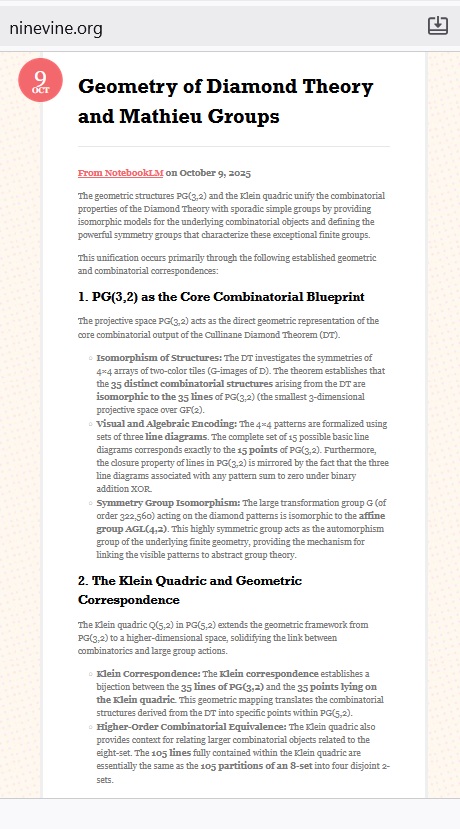
See also First and Last Things . . . and The Stephen King Version.
♫ "When logic and proportion
Have fallen sloppy dead
And the White Knight is talking backwards…."
Related reading . . .
Compare and contrast Psalm xc, verse 2, with
the words of Optimus Prime — "Before time began . . . ."


"Say hello to my little friend."
|
https://subslikescript.com/movie/Hurlyburly-119336 — So what do you want to do?
You want to go to your place, You want to go to a sex motel? They got waterbeds.
They got porn I'm hungry. You want a Jack-in-the-Box? I love Jack-in-the-Box. Is that code for something? What? What? Is what code for what? I don't know. I don't know the goddamn code! |
"Vast realm . . . enchanting . . . capturing the imagination . . .
profound elegance . . . deep connections . . . ."
— Jarod Alper in the December 2025
Notices of the American Mathematical Society,
discussing a topic illustrated on the Notices cover.
Sounds to me like he's channeling SID 6.7 (or Mark Helprin).
Related reading — "Diamonds and Dogs" and "Wag the Tag."
For philosophy professor Ellie Anderson of Pomona College —
A remark from Claremont Review —
"'Once upon a time' used to be a gateway to
a land that was inviting precisely because
it was timeless, like the stories it introduced
and their ageless lessons about the human condition."
– Dorothea Israel Wolfson,
Claremont Review of Books, Summer 2006
Some backstory —

See also The Word Wizard of Claremont.
On the Miracle Octad Generator of R. T. Curtis —
|
December 2025 Notices of the American Mathematical Society Jarod Alper, "Evolution of Stacks and Moduli" — "By a moduli space, we mean a geometric space whose points are in 'natural' bijection (more on what we mean by 'natural' in a moment) with isomorphism classes of your favorite mathematical objects, for example, Riemann surfaces or vector bundles on a fixed space. A moduli space is a solution to the classification problem: it packages all of the data of the geometric objects into a single space, a mathematical catalogue where any object can be located by selecting the corresponding point." |
Analogous notions:
Klein Space and Klein Quadric in this journal.
The Source:

Related art from a Log24 post of July 1, 2018 —
Greg Egan’s animated image of the Klein quartic —
Pickwick-related material . . .

My own Pickwick Books favorite is a book I first saw there in the 1960s —
Definition,
by Richard Robinson,
Fellow of Oriel College, Oxford,
Oxford U. Press, 1954, reprinted 1962.

For the Jumbotron display, see yesterday's 7:04 PM EST post.
"If called by a panther, don't anther." — Ogden Nash
The above "First Online" date — April 18, 2025 —
suggests a post from that date tagged Opening Number.
"IT: The Widener" Continues.
The trove of documents related to Jeffrey Epstein
that were released on Wednesday was titanic —
more than 20,000 pages.
— Glenn Thrush in The New York Times today
From a search in this journal for "Roof Beam" —
Related reading . . . Gifted Special and
Schlossberg … The Interview.
From a post of June 13, 2008 —
Also on June 13, 2008 —

From yesterday's Happy Birthday post, a Fourth Dimension Ball illustration —

A rather different perspective . . . Static Pyramid vs. Dytnamic Array —
Two other views of Whitehead's work . . .

Related images: Parmy Olson herself and "the test of time" on Dec. 11, 2024,
as well as a geometric tomb raider, also on Dec. 11, 2024.

"Does the phrase 'in the pot'
mean anything to you?"
"No? How about 'nine days old'?"

The date — Dec. 28, 2017 — on an arXiv paper suggests
a review of the Log24 posts of December 25-31, 2017.
From Christmas 2017 —
|
"See the remarks today of Harvard philosophy professor Sean D. Kelly Alexander's "15 properties that create the wholeness and aliveness" —
This is the sort of bullshit that seems to go over well at Harvard. |
* See last night's post on Array Studies.
** See "In Search of Monolithic Tenure," as well as the
meaning in Sanskrit of the name "Kalpana Mahalingam,"
a post on Peter J. Cameron's "Seventh Seal," and
a four-color monolith (one of 105 such structures).
|
The Hunt for the World’s Oldest Story From thunder gods to serpent slayers, scholars are reconstructing myths that vanished millennia ago. How much further can we go—and what might we find? By Manvir Singh in The New Yorker
October 13, 2025 The Reverend Edward Casaubon is Eliot’s grand study in futility: an aging, self-important, faintly ridiculous clergyman who has dedicated his life to an audacious quest. Casaubon is convinced that every mythic system is a decayed remnant of a single original revelation—a claim he plans to substantiate in his magnum opus, “The Key to All Mythologies.” He means to chart the world’s myths, trace their similarities, and produce a codex that, as Eliot puts it, would make “the vast field of mythical constructions . . . intelligible, nay, luminous with the reflected light of correspondences.” The ill-fated project founders between the unruly diversity of cultural traditions and the fantasy of a single source, between the expanse of his material and the impossibility of ever mastering it, between the need for theory and the distortions it introduces. These failures are deepened by Casaubon’s limitations—his pedantic love of minutiae (he “dreams footnotes”) and his refusal to engage with scholarship in languages he doesn’t know (if only he’d learned German).
Casaubon’s quest stands as both an indictment of overreach and a warning about the senselessness of such sweeping comparisons. But is this entirely fair? The patterns are out there. Floods, tricksters, battles with monsters, creation and apocalypse—sometimes the resemblances are uncanny. |
"Before time began . . ." — Optimus Prime
And perhaps also . . .



Note the publication date of the above Devil's Gate image.
See as well this journal on August 23, 2020.
The New York Times reports the Nov. 3 death of an actress —

|
Transcript of NotebookLM video
Okay, so our first clue |
Scholium
Related material —
From a post for the opening of Cullinane College
on January 29, 2003:
"Young man sings 'Dry Bones'"
Illustrations:
See as well "Monolith" in this journal.
Bullshit fans may also enjoy "the monolith to El"
in James Michener's archaeology epic The Source :

. . . is the title of a NotebookLM video now on YouTube —
See https://youtu.be/6zUKg4dNEbM .
|
The current NotebookLM summary for the Diamond Theory notebook, the source of the above video — "These sources comprehensively explore the deep connections between finite geometry, particularly the projective spaces PG(3,2) and PG(5,2) over GF(2), and various topics in combinatorics, group theory, and coding theory. Central to this discussion are the Miracle Octad Generator (MOG) and the Cullinane Diamond Theorem, which model highly symmetric structures like the affine group AGL(4,2) and the sporadic Mathieu group M24 using geometric figures such as 4×4 arrays or 'brick space.' The geometry of PG(3,2), described as the 'smallest perfect universe,' is shown to be crucial, relating to concepts like Conwell's Heptads, Klein correspondence, spreads, and mutually orthogonal Latin squares (MOLS), which also have applications in error-correcting codes and quantum information theory involving n-qubits. Ultimately, these texts demonstrate how abstract mathematical symmetry is intrinsically linked across algebra, geometry, and visual art, often leveraging automorphism groups to reveal structural invariants." |
See also other Writer's Block posts.

Facebook today, photo from Sara Aiello Studio.
There was an update at 9:48 AM EDT Oct. 28, 2025,
to an Oct. 26 post on the geometry of logic.
See The Righteous Gemstone and Boole vs. Galois.
Update of 9:48 AM EDT Oct. 28 . . .
Related material —
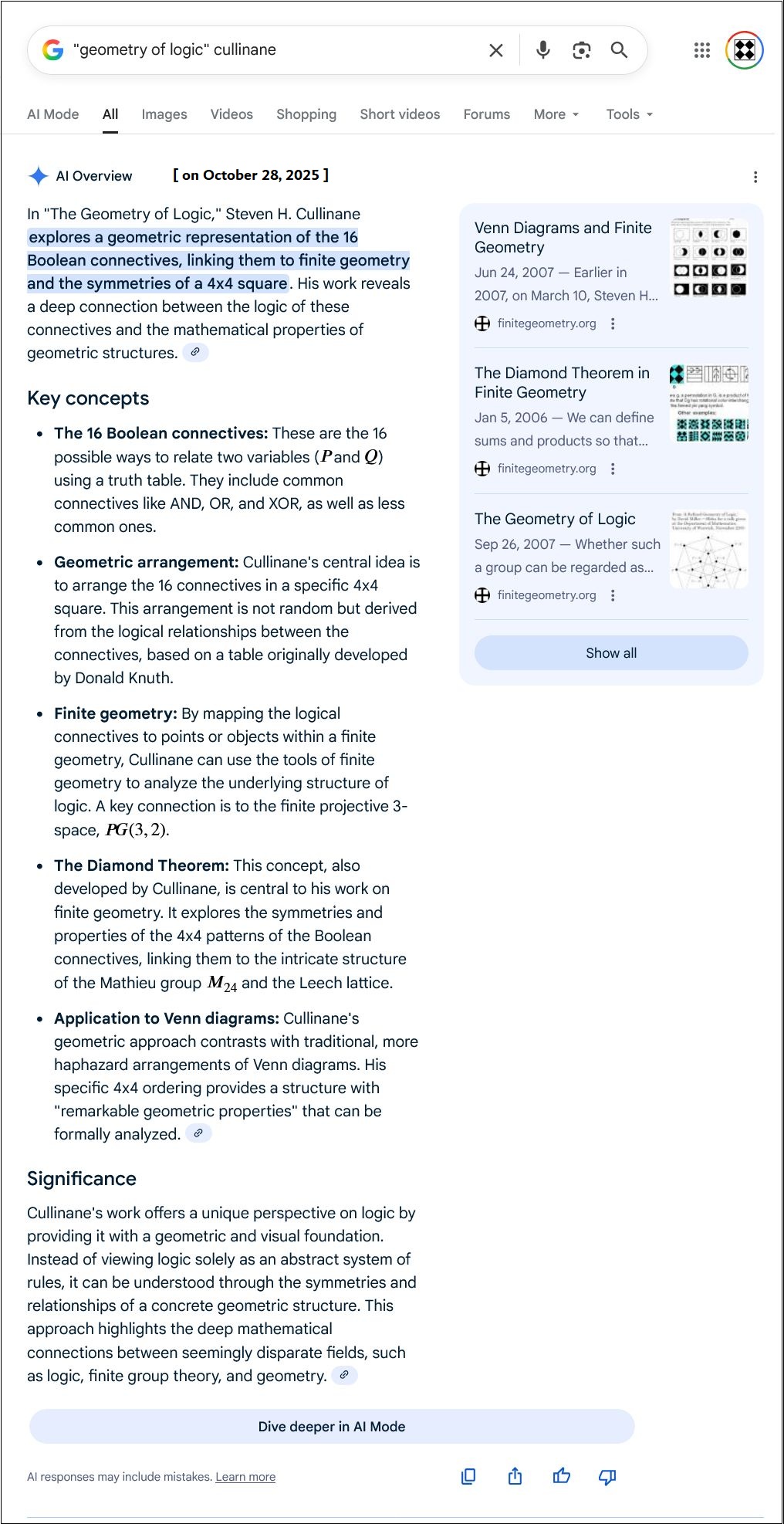
Markdown version uploaded Oct. 28, 2025, to NotebookLM.

"Into this house we're born . . . ." — Another song lyric.
Updates, later the same day . . .
Related Art —
From the post "A Concrete Universal," August 18, 2007 —
|
“No matter how the film is done,
— Robert Redford to |

The final post in a search today for Rosenfeld in this journal —
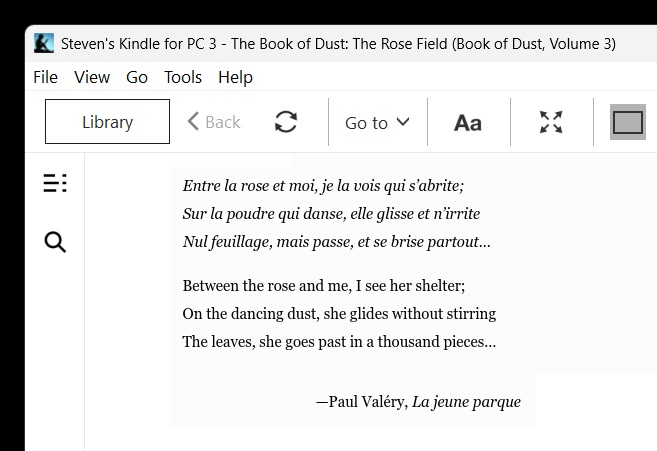

Update of about 1:30 PM EDT Thursday, October 23, 2025
|
https://muse.jhu.edu/pub/1/article/663593/pdf From La Jeune Parque by Paul Valéry Ned Balbo The Hopkins Review Johns Hopkins University Press Volume 10, Number 2, Spring 2017 pp. 168-178 In lieu of an abstract, here is a brief excerpt of the content: Paul Valéry's La Jeune Parque is widely considered one of the most important poems of the twentieth century, yet it's one that few American readers know. It's easy to see why. The poem is written in the French heroic line—rhymed alexandrines (hexameters)—held together by extraordinary attention to syntax, enjambment, and pacing. Most of the line breaks correspond to natural syntactic turns or punctuation, many are end-stopped, and well-placed caesuras abound (as we'd expect in hexameters). It is difficult to produce an English equivalent that conveys the original's elegance and fluency. Add to these factors a narrative in which nothing much happens, at least not in the usual sense: A young woman stands outside on a starry night, overlooking the ocean, contemplating her connection to time, death, and the natural world as day approaches. In Jacques Duchesne-Guellemin's summary, the Young Fate "presents herself to us with her thoughts, her memories, her questionings, all on the verge of tears; bristling, listening to her own heartbeats; blushing with shame or pale with fainting" ("Introduction to La Jeune Parque," Yale French Studies 44: 1970). Despite Valéry's success in depicting shifting emotional states through vivid metaphor and images, this is not a recipe for easy reading. Yet the poem's influence—and its author's—are undeniable. Writing in the June 1982 Critical Quarterly, Tony Pinkney observed, "Few writers commanded as much of T. S. Eliot's critical attention as did Paul Valéry.… Eliot was convinced that it was Paul Valéry 'who will remain for posterity the representative poet, the symbol of the poet, of the first half of the twentieth century—not Yeats, not Rilke, [End Page 168] not anyone else.'" Eliot's introduction to Valéry's The Art of Poetry (Bollingen edition) confirms his admiration for the poet some call "the last symbolist"—"Valéry in fact invented, and was to impose upon his age, not so much a new conception of poetry as a new conception of the poet"—and Eliot further maintains that Valéry's two greatest poems (La Jeune Parque and "Le Cimetière Marin") are "likely to last as long as the French language." Eliot is not the only world poet Valéry influenced. Tony Brinkley points out that echoes of "Le Cimetière Marin" are present in the "oceanic rhythms" of Wallace Stevens poems such as "An Ordinary Evening in New Haven," and he also reminds us that one of Rilke's last creative projects was to translate the poetry of Valéry ("Reading Valéry in English," Cerise Press 3:7, 2011). But not La Jeune Parque, which, according to Rilke, was "untranslatable … (if only someone could convince us otherwise!)." Years later, in response, Paul Celan attempted to do just that in Die junge Parze, a version that was more Celan's than Valéry's. The Young Fate has found her way into Italian and Spanish versions, too. For those seeking a look at early editions, MoMA's permanent collection includes a beautiful 1921 edition published in Paris by Revue Nouvelle Française with a lithograph by Picasso. La Jeune Parque has attracted several translators to English. The versions most widely available are those by David Paul (in Paul Valéry: An Anthology, Princeton University Press, 1976), and a version by Jackson Mathews (in Selected Writings of Paul Valéry, New Directions, 1950/1964). Both follow Valéry's pace in English texts that literally parallel the original—in part because the original's rhymed alexandrines, and the poem's length, are central to the ways that Valéry's thought unfolds. To alter the pacing would undermine the poem's intensity—the way its speaker responds to constantly changing perceptions. But the differences are instructive: Paul's version ("The Young Fate") is faithful to the author's content in unrhymed lines that fall loosely into pentameter or hexameter, while Mathews's "Fragments from 'The Youngest of the Fates'" accepts the challenge of producing [End Page 169] an English version in smoothly rhymed heroic couplets. To a…. |
Another brief summary . . .
"Naked beneath the veil of living colors . . . ."
Colors —
Beneath the veil —
"You've got to pick up every stitch . . . ." — Song lyric
|
Louis H. Kauffman on the Logic Garnet — "This is a remarkable connection of polyhedral geometry with basic logic. The meaning and application of this connection is yet to be fully appreciated. It is a significant linkage of domains. On the one hand, we have logic embedded in everyday speech. One does not expect to find direct connections of the structure of logical speech with the symmetries of Euclidean Geometry. It is the surprise of this connection that appeals to the intuition. Logic and reasoning are properties of language/mind in action. Geometry and symmetry are part of the mindset that would discover eternal forms and grasp the world as a whole. To find, by going to the source of logic, that we build simultaneously a world of reason and a world of geometry incites a vision of the full combination of the temporal and the eternal, a unification of action and contemplation. The relationship of logic and geometry demands a deep investigation. This investigation is in its infancy."
— Louis H. Kauffman, "The Mathematics of Charles Sanders Peirce." |
Wikpedia on the Logic Garnet —
Zellweger himself reportedly died on August 7, 2022.
From "The Hemingway Clause" (May 4, 2023) —
Sorkin in Paris: Walk and Talk

See also http://m759.net/wordpress/?s=Walk+Talk.
See also this journal on the above YouTube date.
A word from Sunday's scholium —



AI Overview: "The word 'hull' comes from Old English hulu meaning 'husk' or 'pod' …."
For the Pod People —
AI Overview: "The city name 'Hull' is a separate origin . . . ."
Vide Ron Shaw of Hull.
https://www.louvre.fr/en/explore/
the-palace/sun-gold-and-diamonds
https://www.npr.org/2025/10/19/
nx-s1-5579509/thieves-steal-priceless-jewels-louvre
March 9, 2025, in this journal . . . "Resonance" —
" 'Resonance' represents an intricate and multi-faceted experience
that pushes the boundaries of conventional art and collaboration.
Conceived by the visionary studio of Gregory and Judith Beylerian
in collaboration with the acclaimed multimedia artist Marcela Nowak,
this exceptional event brought together diverse attendees to engage in
a fully immersive experience aimed at creating resonance amongst the
participants."
— https://www.issuewire.com/a-multi-dimensional-journey-resonance-art-
event-unveils-an-immersive-fusion-of-art-human-connection-and-metaverse-
1777395622653633 … September 18, 2023.
"When all the archetypes burst out shamelessly, we plumb the depths
of Homeric profundity. Two cliches make us laugh but a hundred cliches
move us because we sense dimly that the cliches are talking among themselves,
celebrating a reunion . . . Just as the extreme of pain meets sensual pleasure,
and the extreme of perversion borders on mystical energy, so too the extreme
of banality allows us to catch a glimpse of the Sublime."
— Umberto Eco, “Casablanca: Cult Movies and Intertextual Collage” (1984)
from Travels in Hyperreality.

This journal on the above TikTok posting date —
Some backstory . . .

See as well the previous Log24 post, "A Spell."
"Time casts a spell on you but you won't forget me
I know I could have loved you but you would not let me"
— Stevie Nicks lyrics to an artist's video today.

Note the making of a matching pattern.
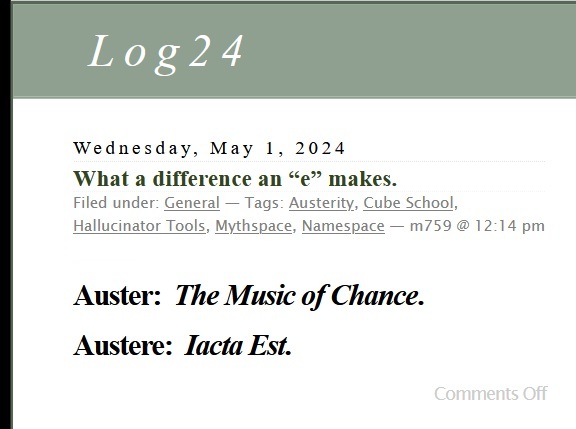


Click for the most recent related Wikipedia article.
Click here to search for "Crux" in this journal.
Related meditation . . . The "Back 10" symbol to the left of the donut shop door
above suggests a look at Oct. 16, 2015, in other posts now tagged Backdancing.
For this year's winner of the Nobel prize for literature,
a Hungarian enthusiast of run-on sentences whose "bible"
is said to be the classic novel about Cuernavaca by
Malcolm Lowry Under the Volcano . . .
As season three of "The Diplomat" unfolds, I visit my
memory garden to recall the time I sat with Judge Flick in his
chambers at my hometown courthouse to get a reference for
my application to Harvard and noticed on his desk a copy of
E. B. White's "little book" on prose style which, along with
a library book by Norbert Wiener, may have influenced my
mentioning to the judge the rather strange word "cybernetics,"
derived from the term for the steersman of the ship of Odysseus
who was lost at sea in Homer's epic tale.
"Wiener" of course is another term for a resident of Vienna.
And so, returning to much more recent memories — from
yesterday — of the long strange journey that has been my life . . .
Two references from a much less subjective and much more
objective tale that might amuse the late Hermann Weyl —

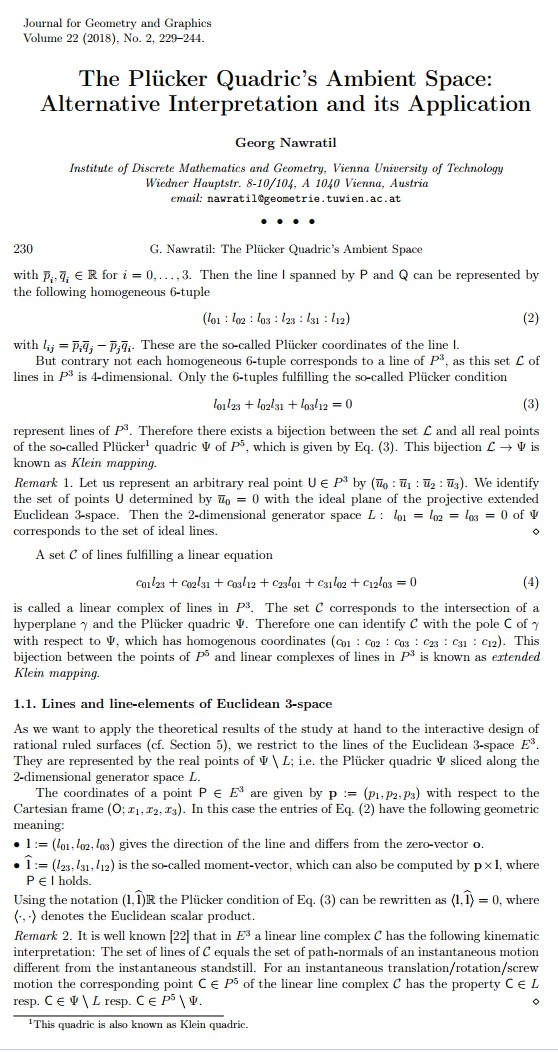
Related picture from a cartoon graveyard —
“Perhaps the philosophically most relevant feature of modern science
is the emergence of abstract symbolic structures as the hard core
of objectivity behind— as Eddington puts it— the colorful tale of
the subjective storyteller mind.”
— Hermann Weyl, Philosophy of Mathematics and
Natural Science , Princeton, 1949, p. 237
Melissa C. Wong, illustration for "Atlas to the Text,"
by Nicholas T. Rinehart:

The above fanciful illustration pictures 6*9=54 colored squares on the six
faces of a 3x3x3 cube.
Compare and contrast the Aitchison labeling, not unlike the one above,
of 6*4=24 unit squares (or, equivalently, 24 pips at the squares' centers)
on a 2x2x2 cube.
Now consider how the 8-square "brick" of R. T. Curtis may be colored with
four colors using the 105 ways to partition its eight squares into four 2-sets.
By analogy, the 24 squares on a cube's surface, as above, afford a cubical
space for applying six colors to the sextet partitions (into six 4-sets) of Curtis's
Miracle Octad Generator (MOG), using Aitchson's cubical model (with, of course,
the parts to be moved being pips or squares rather than cuboctahedron edges).
The 4-coloring of Curtis bricks is useful in picturing the Klein correspondence.
Are there similar uses of cube 6-colorings? Or 4-colorings? (Group actions on
a 6-set are of considerable combinatorial and algebraic interest because of
the exceptional outer automorphism of S6.)
For a colored presentation of sextet space modeled with a rectangle,
as in the Curtis MOG, see . . .


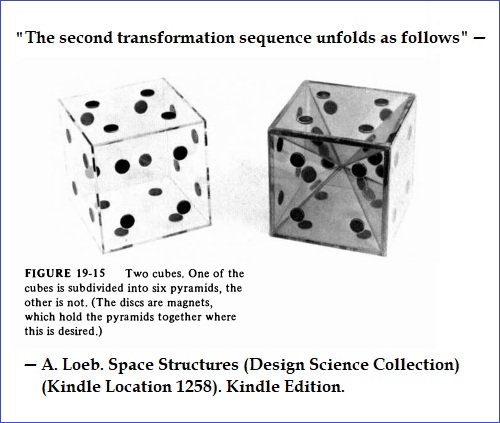
Nabokov's Transparent Things :
"Its ultimate vision was the incandescence of a book or a box
grown completely transparent and hollow. This is, I believe, it :
not the crude anguish of physical death but the incomparable
pangs of the mysterious mental maneuver needed to pass from
one state of being to another. Easy, you know, does it, son."
The great illustrator Drew Struzan reportedly died yesterday at 78.
In memoriam . . .
"After completing the extensive artwork required
for the campaign of Indiana Jones and the Kingdom
of the Crystal Skull, Struzan announced his retirement
on September 3, 2008.[26]
26. "Drew Struzan Retired". TheRaider.net. April 9, 2008.
This journal shortly after the above Sept. 3, 2008, announcement —

Clicking "Explain the ψ mapping" led to Grok attempting to retrieve
a 1992 paper by Baartmans et al. from sciencedirect.com, which has
a captcha to block robot access. This led to . . .

For non-robots, the relevant sciencedirect.com page is . . .
Alphonse Baartmans, Walter Wallis, Joseph Yucas,
A geometric construction of the Steiner system S(4, 7, 23),
Discrete Mathematics, Volume 102, Issue 2, 1992, Pages 177-186,
ISSN 0012-365X,
https://doi.org/10.1016/0012-365X(92)90052-H.
(https://www.sciencedirect.com/science/article/pii/0012365X9290052H)
Abstract: The Steiner system S(4, 7, 23) is constructed from the geometry of PG(3, 2).
Some background from Google's AI Overview —
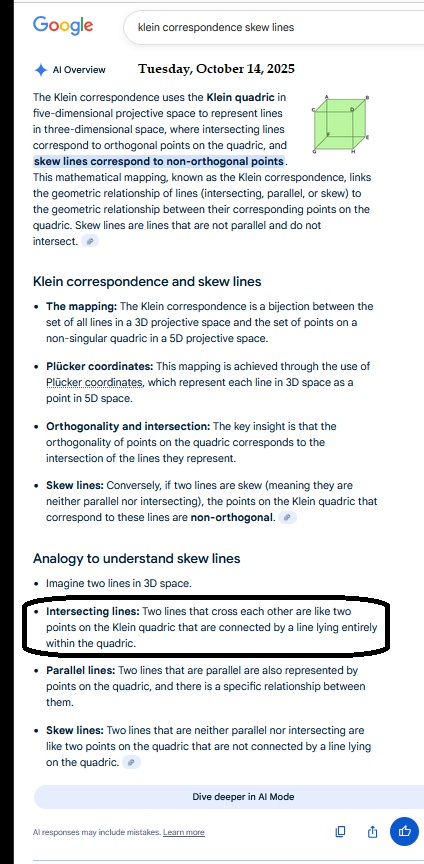
My own illustration of "a line lying entirely within the quadric" —
The University of Ghent animation in the previous post suggests
a check of the author's other pages. One such offering:

For the Church of Synchronology (and Halloween season) —
One of the April 25, 2015, posts now tagged Contra Faustus:
Also on January 16, 2016 —
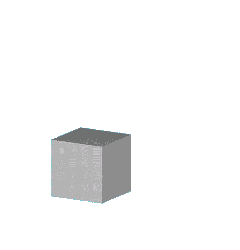
Source of animated gif: https://cage.ugent.be/~hs/polyhedra/dodeca.html.
Related reading —
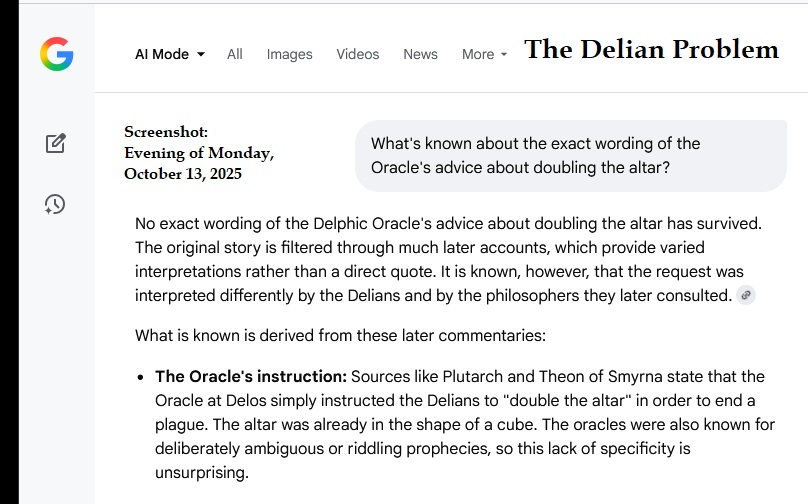
Unfortunately, the volume of the dodecahedron formed by
unfolding a cube as in the University of Ghent animation above
is not double that of the cube, since refolding the cube leaves
an empty space inside … not shown in the Ghent animation.
But taking six congruent square pyramids that form a cube and using
them to cover the faces of a second, congruent, cube yields a
rhombic dodecahedron. This does offer a sort of solution to the
Delian problem… provided the new rhombic-dodecahedral altar is
found to be fit for ceremonial use. See . . .
Powered by WordPress